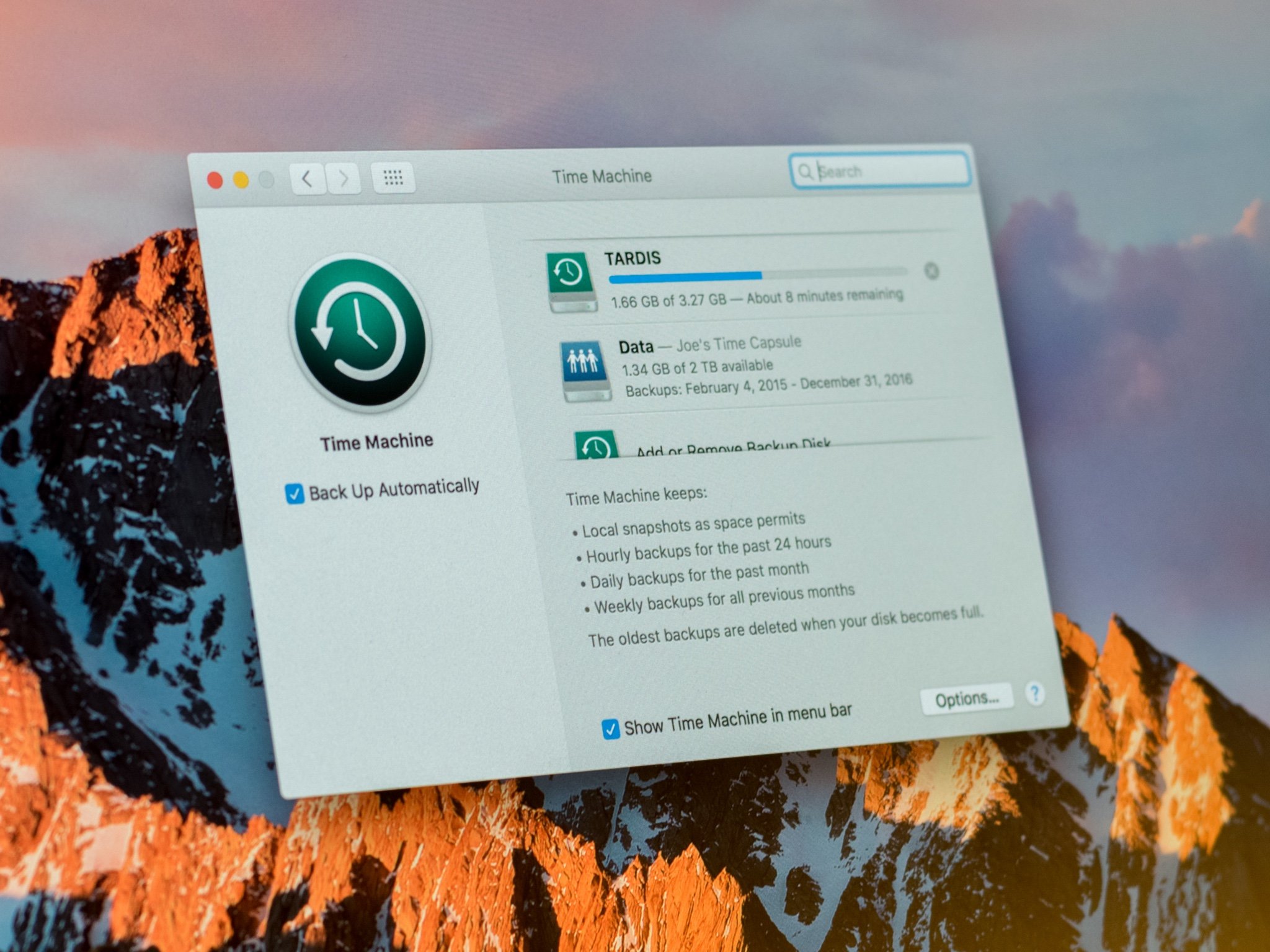

Storing data in the cloud removes these risks, and it too is very straightforward, particularly in the case of iCloud. Local backups are quick and easy, but, like your Mac, physical hard drives are susceptible to failure and catastrophes like flood, fire, or burglary. With a tool like Get Backup Pro, you can clone your hard drive and be sure you’ll be able to boot the backup anytime - be it APFS or HFS+. Drag-and-drop the folders into the hard drive window.Ĭloning lets you create a bootable copy of your hard drive for an extra layer of protection that you can fall back on if your Mac is out of action.Open the window that includes the folders that you want to move.

/001-move-macs-home-folder-new-location-2260157-a8ac7dc6acd4430ea6d624c5113a34e8.jpg)
#How to open a mac backup on a different computer how to#
Here's how to back up your Mac with Time Machine: Of course, this isn’t always practical for MacBook users who often work on the go. If you’re using an iMac, you can keep your hard drive connected to your computer and set Time Machine to perform scheduled automated backups. Mac’s built-in Time Machine feature is the easiest way to perform local backups. How to back up your Mac to an external hard drive using the Time Machine Local backup is a safe and reliable way to safeguard all of your important files, and it’s really easy to do. HDDs and SSDs have dropped greatly in price in recent years, so you should be able to pick one up relatively cheaply with a decent capacity. It involves moving your files over to an external hard drive. A local backup is the fastest way to backup your data.


 0 kommentar(er)
0 kommentar(er)
